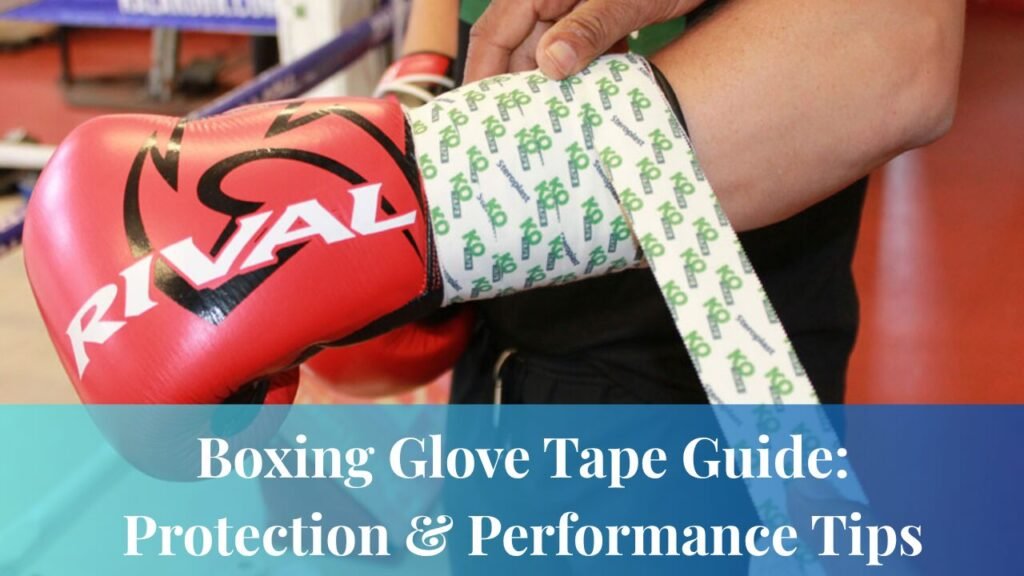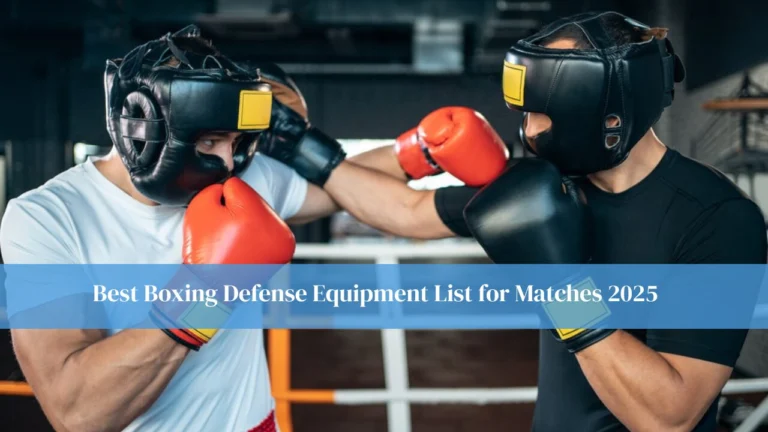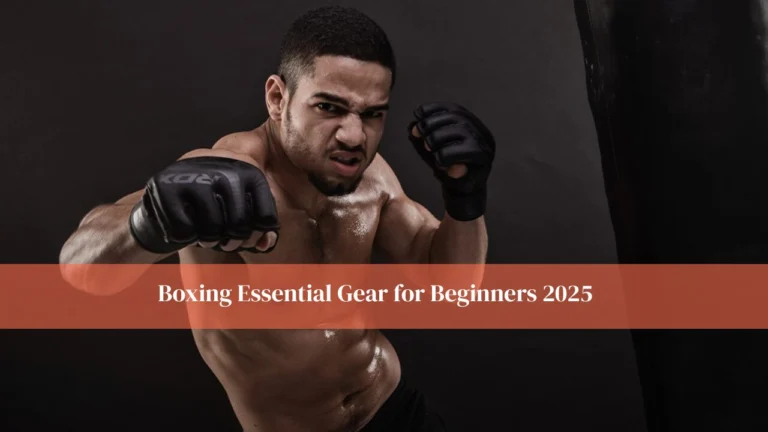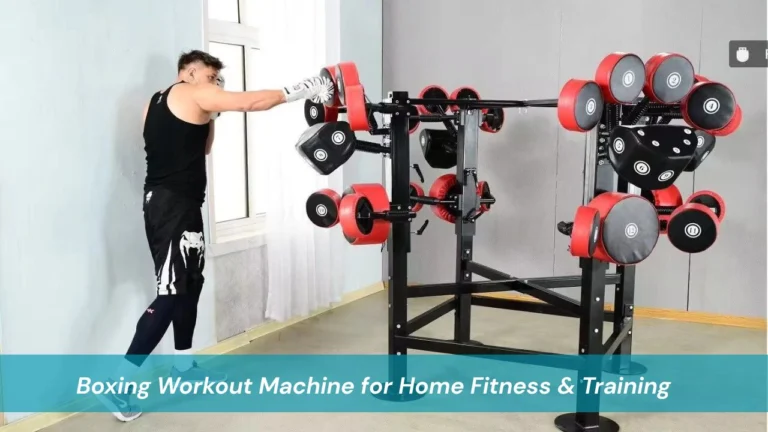When it comes to boxing, every detail matters. One often overlooked but crucial component in a boxer’s gear is boxing glove tape. Whether you’re a beginner stepping into the ring for the first time or a seasoned fighter preparing for your next bout, the right taping technique and materials can significantly impact your performance, comfort, and protection. In this guide, we’ll break down everything you need to know about boxing glove tape from its uses to how to choose the best type.
What is Boxing Glove Tape?
Boxing glove tape refers to the tape used to secure hand wraps or directly protect the hands before putting on boxing gloves. It ensures that the wraps stay in place, provides additional wrist support, and minimizes the risk of injuries. This simple yet essential addition to your gear can make a world of difference, especially during long training sessions or competitive matches.
Why It Matters
Boxing glove tape plays a key role in preventing hand and wrist injuries by offering extra stability. It also enhances the fit of your gloves and maintains wrap integrity during training or fights. Beyond the physical benefits, proper taping can boost a boxer’s mental confidence, giving them the reassurance that their hands are well-protected and ready for action.
Types of Boxing Glove Tape
There are several kinds of boxing glove tape, each catering to different training needs and preferences. Cloth athletic tape is the most common type, made from cotton fabric with strong adhesion. It is reliable and works well when wrapping over gauze or securing traditional hand wraps. Zinc oxide tape, often seen in professional settings, is rigid, water-resistant, and breathable, making it a popular choice for competitions when paired with gauze. Elastic tape, on the other hand, is flexible and stretchable, ideal for quick wraps and workouts that require a greater range of motion.
How to Tape Your Hands Properly
Hand taping is an essential skill for any boxer. While many gyms offer assistance, knowing how to do it yourself is crucial for independent training. The process typically starts with gauze for extra padding in professional fights, followed by wrapping the wrist several times for support. The tape is then brought across the back of the hand and over the knuckles for added protection. Securing the fingers and thumb helps protect tendons and ligaments before locking everything in place with boxing glove tape. A well-done wrap should be firm yet comfortable, never cutting off circulation. If your fingers feel numb, the tape is too tight.
Top Boxing Glove Tape Products in 2025
Some popular options stand out among both professionals and casual boxers. Everlast Professional Hand Tape is praised for its quality and affordability, while RDX Hand Tape is valued for its durability and comfort during long training sessions. TITLE Boxing Pro Tape is favored in competitive gyms for its firm hold and easy tear, and Mueller Athletic Tape has built a reputation for reliable support across multiple sports, not just boxing. These choices have consistently earned positive feedback for performance and comfort.
Real-World Example: Why Tape Matters
The importance of boxing glove tape is best illustrated through real stories. In 2024, professional boxer James Ortiz narrowly avoided a serious wrist injury during a title fight thanks to precise taping by his coach. Using layered gauze and zinc oxide tape allowed him to maintain mobility without compromising stability. This simple precaution likely saved his season and possibly his career, proving that proper taping is more than a ritual—it’s a preventative measure with lasting benefits.
Boxing Glove Tape vs. Hand Wraps: What’s the Difference?
While both boxing glove tape and hand wraps serve protective purposes, their functions differ. Hand wraps cushion and support the hand, typically made from cotton or elastic materials, and can be reused. Boxing glove tape, however, is designed to secure wraps or gauze firmly in place, offering added stability, particularly in competition. The two are best used together, with hand wraps providing the base layer of protection and tape locking it all into position for maximum safety.
Factors to Consider When Buying Tape
Several factors influence the choice of boxing glove tape. Adhesion strength is essential to ensure the tape holds up during intense sessions. Material flexibility is another key point, with zinc oxide offering a stiffer feel and elastic tape providing greater mobility. Tape width should be chosen based on the area being wrapped, with wider tape for wrists and palms, and thinner tape for fingers and knuckles. Breathability helps prevent rashes or irritation, while cost and quantity can guide whether you buy in bulk or as needed.
Common Mistakes to Avoid
Some boxers make avoidable errors when using boxing glove tape. Over-taping can restrict blood flow and reduce dexterity. Using old tape is another pitfall, as adhesion weakens over time. Taping over cuts or rashes without protection can worsen skin conditions, so under-wraps are advised in such cases. Finally, skipping practice in hand taping can lead to poor results when it matters most. Learning proper technique takes time and should be part of regular preparation.
Expert Recommendations and Reviews
According to Geezers Boxing, a leading UK boxing equipment provider, proper taping is essential for hand safety. They emphasize that even the best gloves cannot protect your hands adequately without the correct tape. Their range of hand tape and gauze has earned high ratings for professional use. On Amazon, many boxers have shared positive experiences. One RDX Hand Tape user noted they used to suffer frequent wrist sprains but have had no issues since switching to this tape.
Community Insights
In a 2024 survey by BoxingLine Magazine, 87% of competitive fighters reported they would not enter the ring without proper taping. Of these, more than 60% preferred rigid zinc oxide tape for matches, while flexible elastic tape was the top choice for training. This trend highlights how tape preference often depends on the type of workout or event.
Additional Tips from Coaches
Coaches stress that taping is not only about preventing injuries but also about building psychological readiness. Coach Marco from Iron Fist Gym believes secure hands lead to a focused mind. Coach Sara Alvarez suggests using rigid tape for heavy bag sessions and elastic tape for speed work to balance support and mobility. These insights can help fighters choose the right tape for different training scenarios.
How Boxing Glove Tape Supports Recovery
Beyond training and competition, boxing glove tape can aid in recovery. Athletes recovering from hand or wrist injuries often benefit from light, supportive taping to reduce strain and maintain proper alignment during workouts. Physiotherapists sometimes recommend wearing tape even during low-impact activities to protect vulnerable joints from re-injury.
Conclusion
Investing in the right boxing glove tape is about more than tradition—it is about health, performance, and mental confidence. The correct tape and technique allow boxers to train harder, fight smarter, and reduce injury risk. Whether preparing for your first sparring session or a championship match, never underestimate the value of well-taped hands. Proper taping is a foundational skill that supports long-term success in the sport. Visit boxing essential to explore more.
FAQs
What tape do professional boxers use?
Most professionals use zinc oxide tape combined with gauze as per competition standards. It provides a rigid, secure wrap ideal for high-impact matches.
Is boxing glove tape necessary for beginners?
Yes. Beginners benefit from the added wrist support and injury prevention. Even light workouts can cause strain if not properly protected.
Can I reuse boxing glove tape?
No. Tape is intended for single use. Reusing it compromises both hygiene and structural integrity.
Does tape replace hand wraps?
No. Boxing glove tape is a complement, not a substitute. Hand wraps cushion impact; tape secures and stabilizes.
How often should I tape my hands?
Before every sparring session, bag workout, or competitive bout. It’s part of the essential prep process.




